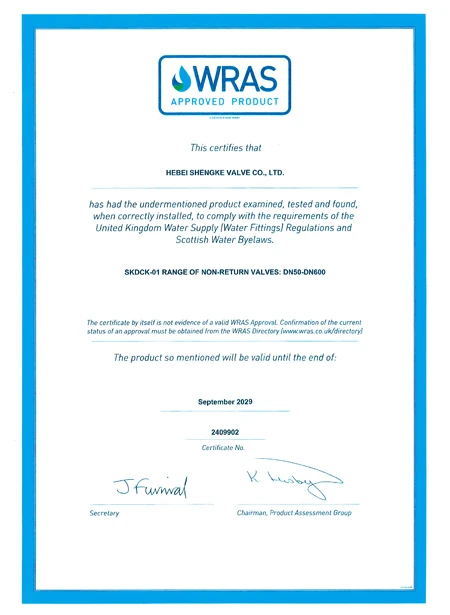11月 . 13, 2024 23:38 Back to list
3 way air valve
Understanding the 3-Way Air Valve A Vital Component in Pneumatic Systems
In the world of industrial automation and fluid control, the 3-way air valve plays a crucial role in managing the flow of compressed air. This valve allows for the efficient routing and control of air in various applications, making it an indispensable component in many pneumatic systems. Understanding how the 3-way air valve works and its applications can provide insights into its significance in various industries.
What is a 3-Way Air Valve?
A 3-way air valve is designed to control the direction of airflow within a pneumatic system. Unlike a 2-way valve, which only allows for the on/off control of air flow, a 3-way valve is equipped with three ports—usually referred to as the inlet (P), outlet (A), and exhaust (B). This configuration allows the valve to either direct airflow into two different paths or to allow for the exhaust of air from the system.
The operation of a 3-way air valve can be either manual or automatic, depending on the specific needs of the application. In automated systems, the 3-way valve is typically controlled by an electric solenoid or pneumatic actuator, which facilitates quick and precise control of the airflow.
How Does a 3-Way Air Valve Work?
The operation of a 3-way air valve can be understood through its two primary configurations—normally closed and normally open
.1. Normally Closed (NC) In this configuration, the valve is closed when no air pressure is applied. When pressure is applied, the valve opens to allow air to flow from the inlet to one of the outlets while simultaneously exhausting from the other. This is common in applications where a specific action needs to occur only when air pressure is present.
2. Normally Open (NO) Conversely, a normally open valve allows air to flow through the valve until pressure is applied, which then closes the flow. This configuration is used in systems where a continuous flow is required until a specific condition or action occurs.
Both configurations provide flexibility in managing compressed air systems. The ability to switch between different paths means that manufacturers can design pneumatic systems with multiple outputs or actuators, all controlled by a single valve.
Applications of 3-Way Air Valves
3 way air valve

The uses of 3-way air valves span across various sectors. Here are a few common applications
- Automation In automated manufacturing settings, 3-way air valves are used to control the movement of actuators that drive machines and tools, enabling precise control over production processes.
- Material Handling Systems They are utilized in systems that require the movement of materials, such as pneumatic conveyor belts, ensuring that products are directed to the correct locations.
- Robotics In robotic applications, 3-way valves can control the extension and retraction of pneumatic cylinders, allowing for seamless operation and improved efficiency.
- Chemical Processing In environments where controlling gases or vapors is critical, 3-way valves help ensure that the appropriate flow paths are maintained for safety and efficiency.
Advantages of Using 3-Way Air Valves
One major advantage of using 3-way air valves is their ability to provide directional control, allowing for greater complexity in pneumatic systems. Their versatility enables engineers to design systems that can perform multiple functions while using fewer components. Additionally, 3-way valves often lead to increased system efficiency by minimizing energy loss and optimizing air usage.
Moreover, their design can accommodate various sizes and configurations, making it easy to integrate them into existing systems or tailor them to specific applications. The ability to quickly switch between different air paths without the need for additional valves is also a significant operational advantage.
Conclusion
In summary, the 3-way air valve is a fundamental component in the realm of pneumatic systems, facilitating air flow control in various applications. Its ability to manage directional flow efficiently makes it invaluable in industries ranging from manufacturing to robotics. As technology continues to evolve, the role of 3-way air valves will likely expand, highlighting the importance of understanding such components for ongoing innovation and efficiency in industrial processes.
Share
-
Reliable Wafer Type Butterfly Valves for Every IndustryNewsJul.25,2025
-
Reliable Flow Control Begins with the Right Ball Check ValveNewsJul.25,2025
-
Precision Flow Control Starts with Quality ValvesNewsJul.25,2025
-
Industrial Flow Control ReliabilityNewsJul.25,2025
-
Engineered for Efficiency Gate Valves That Power Industrial PerformanceNewsJul.25,2025
-
Empowering Infrastructure Through Quality ManufacturingNewsJul.25,2025